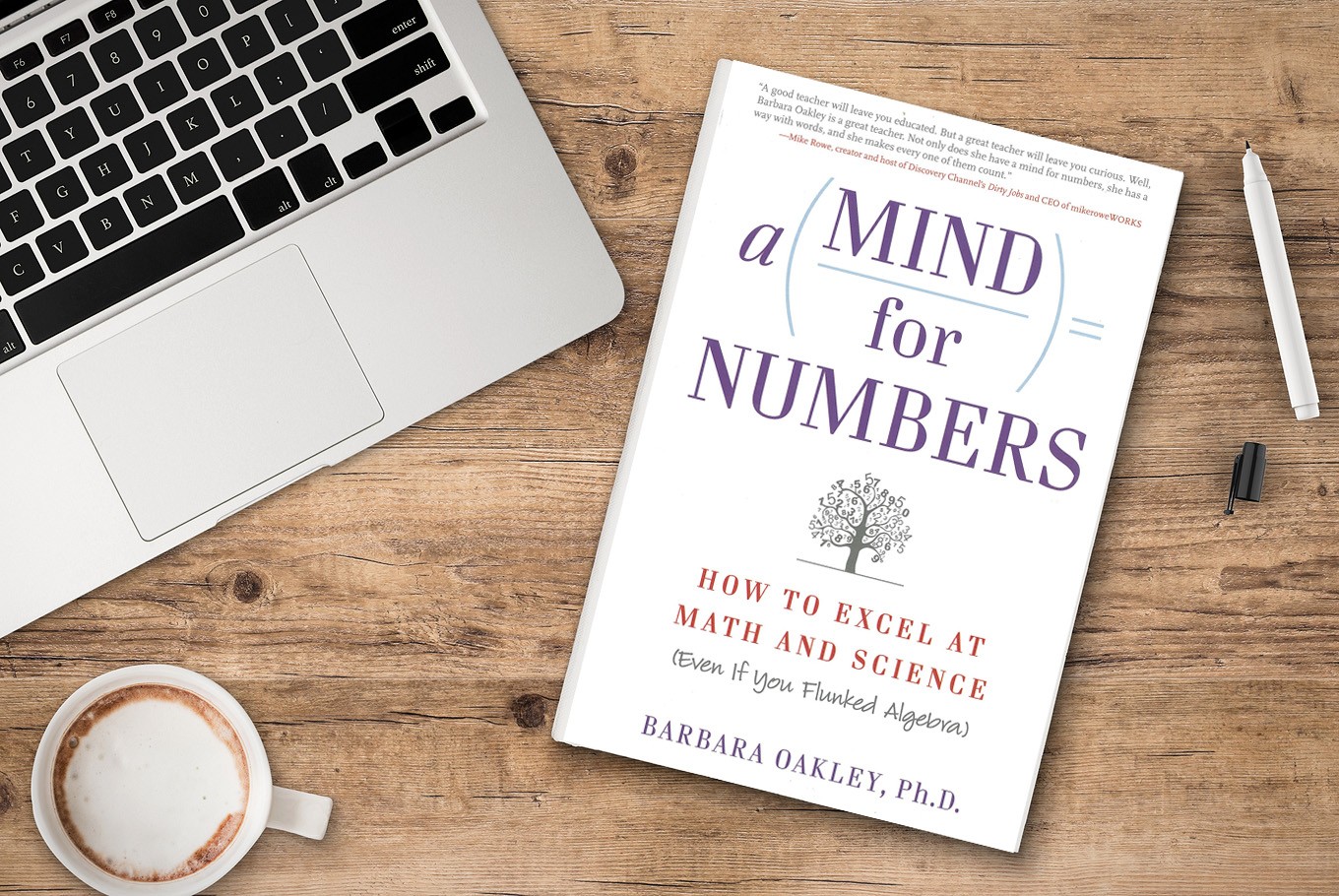Book Review: Learning how to learn
After learning a lot from an online course by Barbara Oakley called "Learning How to Learn" I decided to read her book A Mind for Numbers: How to Excel at Math and Science (Even if You Flunked Algebra). This subtitle doesn’t do justice to the scope of the book. Oakley talks about learning strategies in general, and only occasionally about math and science specifically. As such the book is really for anyone who wants to find the best strategies for learning.
Change Size
 Oakley talks about learning strategies in general, and only occasionally about math and science specifically. (Shutterstock/*)
Oakley talks about learning strategies in general, and only occasionally about math and science specifically. (Shutterstock/*)
A
fter learning a lot from an online course by Barbara Oakley called "Learning How to Learn" I decided to read her book A Mind for Numbers: How to Excel at Math and Science (Even if You Flunked Algebra).
This subtitle doesn’t do justice to the scope of the book. Oakley talks about learning strategies in general, and only occasionally about math and science specifically. As such the book is really for anyone who wants to find the best strategies for learning.
Here are some of Oakley’s points of advice about how we can learn best.
Use focused mode and diffuse mode
There are two modes of thinking: focused mode and diffuse mode. Focused mode is when you are concentrating. Diffuse mode is when you let your mind wander – taking a shower, jogging, dishwashing. A lot of people think that studying is all about focused mode, but Oakley teaches how to use both.
These two modes of thinking switch back and forth and can’t happen at the same time. Both can be accessed easily. Oakley illustrates this with an anecdote about Thomas Edison. When he was stuck after concentrating on a difficult problem, he would take a nap sitting in his chair holding a ball bearing in his hand. He would relax his mind and enter his diffuse mode. When he fell asleep, the ball would drop. Edison would wake up with a fresh mind and could work on the problem with a new approach.
(Read also: Five museums in Indonesia for your next family vacation)
Create affective chunks
A chunk is a file of information that your mind can easily access. As you learn more about a subject, the file will become bigger and more useful. It helps you organize random information into pieces that make sense. At the same time, each bit of information remains connected to many other chunks.
As you learn more things, your chunk will getting bigger and clearer. For example, when the first time you hear about Indonesia, your chunk on Indonesia is probably just a small piece – just a map. If you visit Indonesia and start to learn more about the country, your chunk will expand to cover its provinces, cultures and food. You form a good chunk by repeated practice in different contexts. In each new context, the chunk is connected to different chunks. When you study randomly and do not have enough practice, you form disconnected chunks that do not fit with other chunks.
Another example of chunking is when learning to ride a bike. At first, you have to focus on one task at the time – pedaling, steering, and braking, and so forth. After a while, you ride a bike without having to think about each individual movement. Riding a bike has become one big chunk.
(Read also: Saving is (not) hard)
Prevent procrastination
Procrastination is the biggest enemy of success because it prevents you from accomplishing your goals.
Oakley suggests that we procrastinate in order to avoid thinking about the task – say, washing dishes. The thought of washing the dishes is unpleasant, so we tell ourselves that we will do it later, and we find something else to think about. If we overcome the procrastination, we find that the reality of washing the dishes is not as unpleasant as the anticipation.
In order to overcome procrastination, Oakley recommends the Promodoro technique. First, get rid of any distraction – phone, TV, friends. Then set a timer for 25 minutes. Focus your task for that period of time. After successfully completing your 25-minute focus state, take a break and go into diffuse mode. Give yourself a reward. The reward can be as simple as opening your favorite website for five minutes. Repeat the technique for other tasks. This helps you form a habit of alternating productively between focus and diffuse modes. Forming a habit of consciously turning on focus mode will prevent procrastination.
Title: A Mind for Numbers: How to Excel at Math and Science (Even if You Flunked Algebra)
Author: Barbara Oakley
Originally published: 2014
***
Made Soma is a foreign language teacher, a traveler and a lifelong leaner. He has three years experience teaching Indonesian and English as foreign languages at the Green School, an international school in Bali. He can be found at www.madesoma.com.
---------------
Interested to write for thejakartapost.com? We are looking for information and opinions from experts in a variety of fields or others with appropriate writing skills. The content must be original on the following topics: lifestyle ( beauty, fashion, food ), entertainment, science & technology, health, parenting, social media, travel, and sports. Send your piece to community@jakpost.com. For more information click here.









